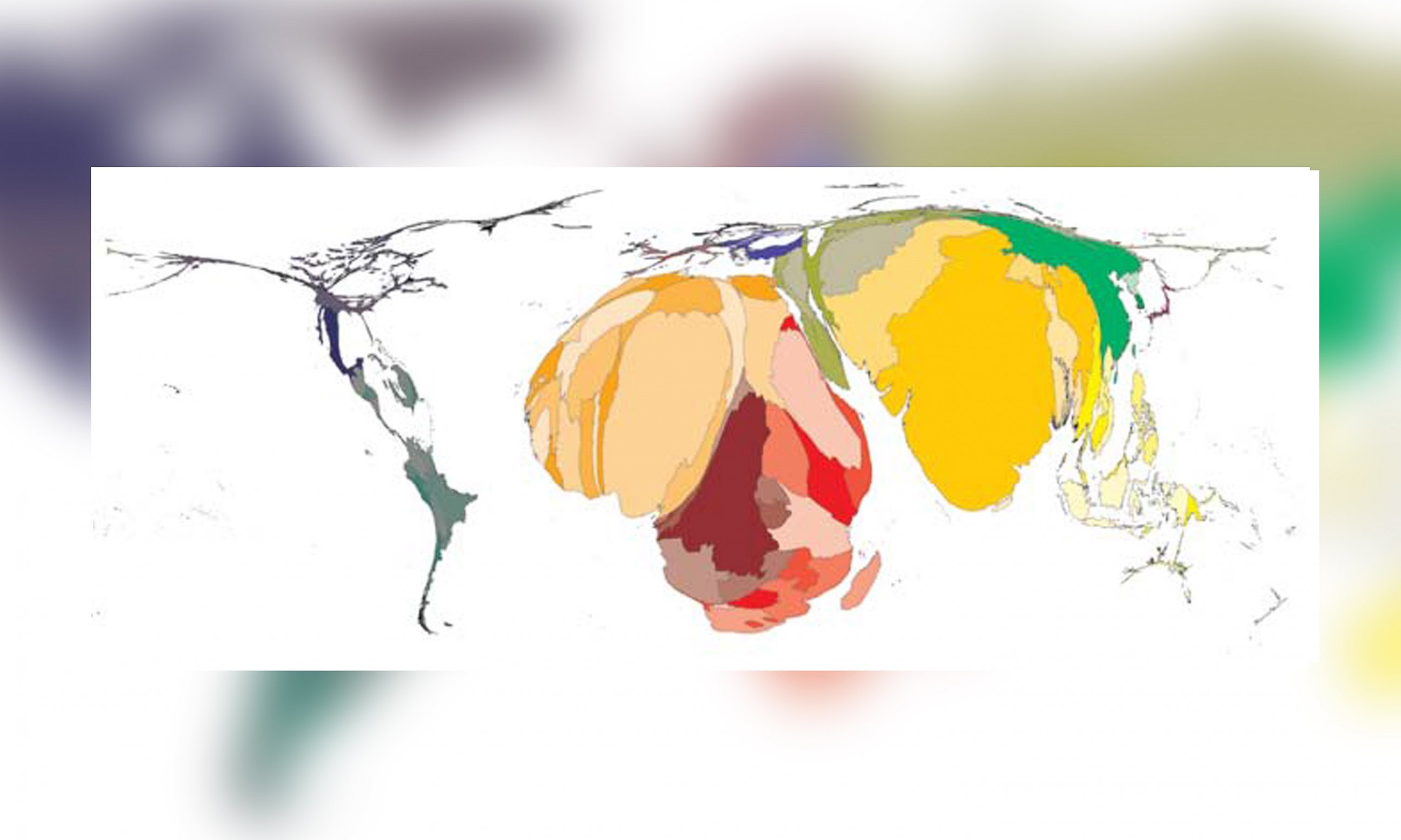Maps Show Consequences of Not Vaccinating Kids
The majority of under-immunized children are in Africa or Southeast Asia.
— -- The U.S. may be suffering through one of the worst measles outbreaks in years, but there are parts of the world where access to vaccines is difficult, as illustrated by a report from the Save the Children charitable organization.
A map from a Save the Children report from 2012 highlights how an estimated 20 percent of children don’t receive all of their recommended vaccinations.
While U.S.-based outbreaks of measles and whooping cough have grabbed attention in recent years, the vast majority of under-immunized children are located in just a few countries in Africa and Southeast Asia.

The report also illustrates how vaccines can be life-saving. A second map from the same report showing childhood mortality rates for children under 5 closely mirrors the map of under-immunized children, although the report cautions that these are often countries where trained health workers are scarce, another potential factor in childhood mortality.
According to Save the Children, an estimated 140,000 children could be saved if 12 of the countries with the largest vaccine disparity were able to increase their national immunization coverage of routine vaccinations so that it equaled the coverage enjoyed by each country’s richest households.
That number increased to 340,000, or 5 percent of annual child deaths, if routine vaccine coverage included shots for pneumococcal and rotavirus.
The map used the common DTap shot, which protects children from diphtheria, pertussis (whooping cough) and tetanus, as a proxy for vaccine compliance.
The vast majority of children -- about 70 percent -- who are under-immunized or not immunized live in just 10 countries, according to the report. More than 50 percent of those children live in just one of three countries: Nigeria, Democratic Republic of Congo or India.